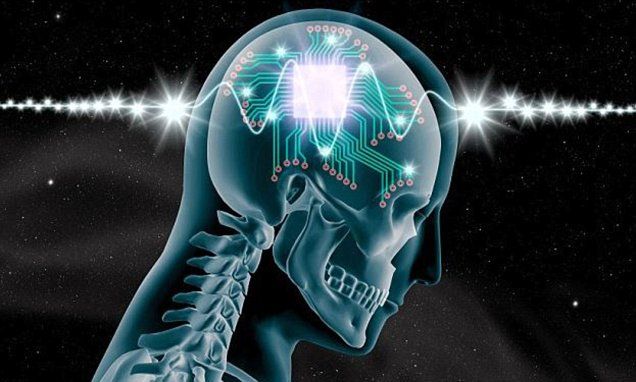Keeping up with the demand for meat worldwide could one day ruin the planet. But teams of scientists are hard at work growing animal-free burgers, chicken, turkey, and fish that are sustainable, healthy, and, some say, pretty delicious.




What if doctors could monitor patients at home with the same degree of accuracy they’d get during a stay at the hospital? Bioelectronics innovator Todd Coleman shares his quest to develop wearable, flexible electronic health monitoring patches that promise to revolutionize healthcare and make medicine less invasive.

Could costumed robots one day roam the streets of Walt Disney World?
A new patent application from Disney (DIS) suggests it’s something the company has considered.
The document says Disney is developing robots, including “humanoid robots,” that have been “adapted for soft contact and/or interaction with a human.”

The spikes also have a big effect on wholesale energy prices, which dipped to zero or even to negative territory this spring during certain hours in California, the EIA said.
The extraordinary success of solar power in some pockets of the world that combine sunshine with high investment in the technology mean that governments and energy companies are having radically to rethink the way they manage—and charge for—electricity.
California is one such a place.
On March 11, it passed a milestone on the route to powering the whole state sustainably. For the first time, more than half the power needs of the entire state came from solar power for a few hours that day, according to the US Energy Information Administration (EIA).

Carriers of the mutation are essentially playing catch-up for their entire lives.
Any night owls reading this will be familiar with the struggle of constantly trying to fit into a morning person’s world. And now researchers say they’ve finally identified the genetic typo that causes this social jetlag.
A new study has revealed that many people who stay up late and struggle to wake up in the morning aren’t lazy, their internal clock is simply genetically programmed to run between 2 and 2.5 hours slower than the rest of the population, thanks to a mutation in a body clock gene called CRY1.
“Carriers of the mutation have longer days than the planet gives them, so they are essentially playing catch-up for their entire lives,” says lead researcher Alina Patke from The Rockefeller University in New York.

The next billion dollar industry will not be a service or product – it will be upgrading humans, an expert has revealed.
It has been suggested that humans will have access to technology that will allow them to ‘upgrade themselves into gods’.
Bestselling author Yuval Noah Harari has also warned that because not everyone will be able to experience the upgrade, due to costs, there will be a divide that could spark ‘old racist ideologies’ — but this time, differences will be ‘engineered and manufactured’.

This store lets you create a 3D model of yourself.
You can get a 3D selfie from a store in New York.


Podcast on transhumanism and libertarianism with Cuddle Pile (their show is also on iTunes, Stitcher, GooglePlay, etc). It’s a fun interview.
Cuddle Pile 27 Libertarianism & Transhumanism (with Zoltan Istvan and Tempest McGee)
Here it is! The moment we have all been waiting for! ZOLTAN ISTVAN calls into the show! AKA the guy Tony voted for in the 2016 Presidential election. Now he is running for Governor of California!
Also joining us is Tempest McGee. You might remember us mentioning her on the Valentine’s Day episode. We referred to her as “X-Files” girl. What does she have to do with Zoltan? THEY’RE BOTH LIBERTARIANS! What is a Libertarian? Tune into find out!
00:00 Intro